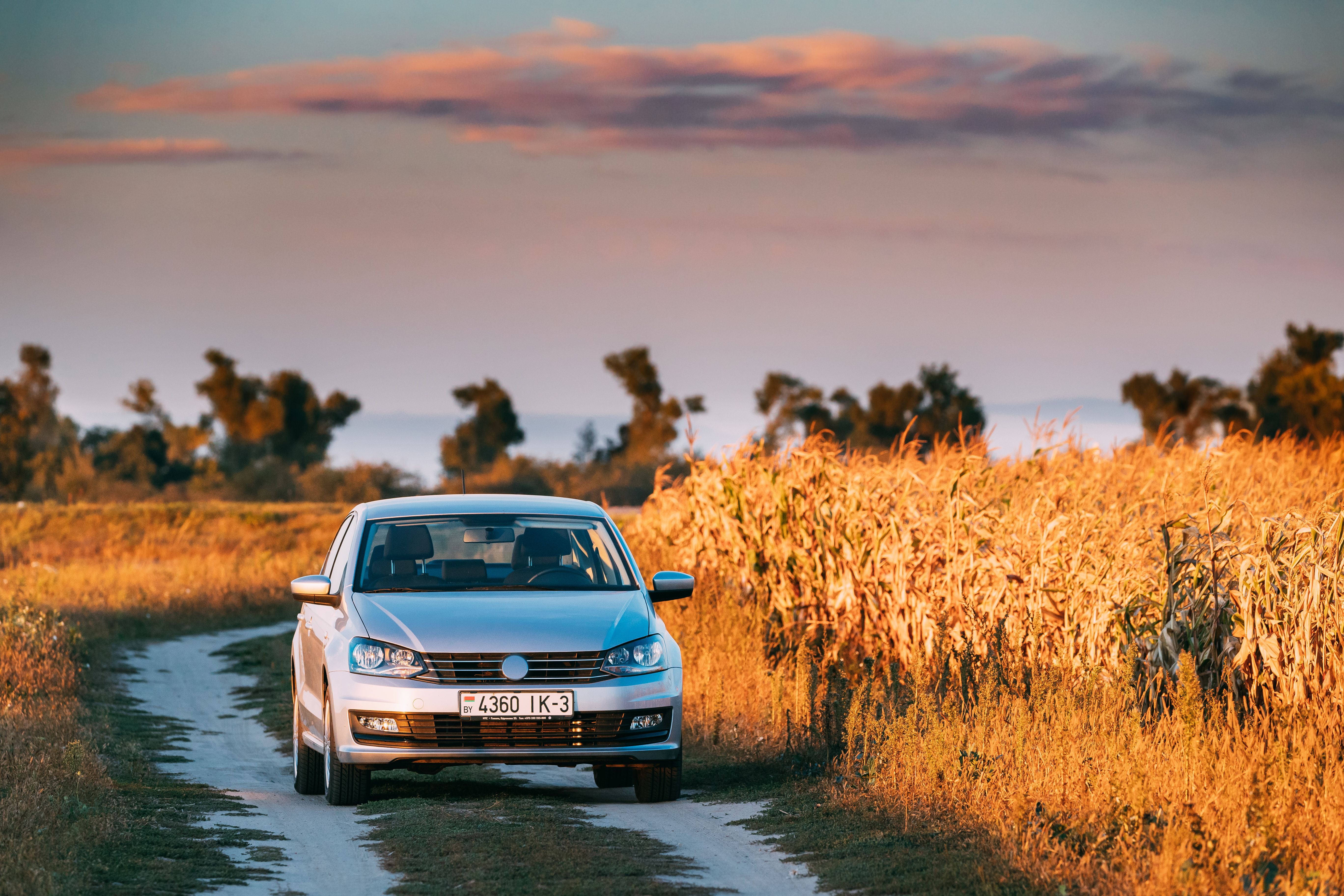Secure Your Car With The Super Car Insurance Plan!
Believe it or Not! Save upto* 75% on TATA AIG Car Insurance
Secure Your Car With The Super Car Insurance Plan!
Believe it or Not! Save upto* 75% on TATA AIG Car Insurance
What Is a Disc Brake: Types and Working Mechanism
- Author :
- TATA AIG Team
- ●
- Last Updated On :
- 07/05/2024
Most vehicles today have a disc brake system thanks to its safety features and superior performance. A few manufacturers use drum brakes, however, these are less effective than disc brakes.
The disc braking system provides higher stopping power, durability and heat dissipation. It involves several components that work together to stop or slow down a vehicle. Let’s learn more about disc brake working and its types and unravel its vital role in the automotive industry.
What are Disc Brakes?
Disc brakes are a part of a hydraulic brake system that helps slow down or stop a vehicle. They use callipers to squeeze the brake pads against a flat disc attached to the wheel to generate friction. This slows down the rotating speed of the shaft.
The name disc brake comes from the disc shape of the rotor attached to the wheel. Disc brakes are widely used in automobiles, aircraft, heavy machinery, etc. due to their effectiveness and heat dissipation.
Components of a Disc Brake
The disc brake system involves several components. They work in sync to slow down or stop vehicles. The main parts of a disc brake include the following:
Disc (rotor): It is the largest component in the disc brake system. It is attached to the wheel hub and spins with it. Rotors are usually made of steel or cast iron.
However, few high-end cars have carbon ceramic rotors. Braking generates a lot of friction and heat. Therefore, most vehicles have ventilated discs for better heat dissipation
Brake pads: They press against the disc to create friction. Brake pads have a metal part called a shoe to which a lining is attached. It is the lining that comes in contact with the rotor. It can be made of ceramic, organic or semi-metallic materials
Piston: It is the cylinder attached to the brake system’s hydraulics. It is responsible for moving the brake pads against the rotor when brake pedals are pressed
Calliper: It is fitted over the rotor. The calliper holds the piston and the brake pads. It also consists of ducting for brake fluid. Its main function is to press the brake pads into the rotor
Sensors: A few modern cars have brake pads with sensors to inform if the pads are worn out
Working Mechanism of a Disc Brake
Now that you are familiar with the disc brake components, let us understand how they work together to help you stop or slow down a vehicle:
When you press the brake pedal, the hydraulic fluid is pushed into the brake lines.
This helps the brake pads to squeeze against the rotor.
The harder you press the brake pedal, the more pressure is created in the brake lines.
The increased pressure allows the pistons in the calliper to push harder against the brake pads.
The pads grip the disc from both sides to generate friction and slow down or stop the wheel.
When you release the brake pedal, the pistons retract.
This helps the brake pads to move away from the disc allowing your vehicle to move.
Types of Disc Brake
Following are the types of disc brakes:
Cross-drilled disc brake
It is the most common disc brake system in India. It consists of cross-drilled holes on the disc that help dissipate the heat and gas generated while braking.
However, cross-drilled discs are prone to cracking. Due to this, they are preferred in high-performance sports cars where weight reduction is necessary.
Cross-slotted disc brake
This system has slots or channels cut onto the disc. The slots can be of varying width and cut at different angles. They help disperse the heat generated during braking and enhance the braking performance. Cross slotted disc brake system also prevents brake fade leading to consistent performance in the long run.
Wave disc brake
It is also referred to as the petal disc brake system. In this system, the outer boundary of the disc is cut into waves. This provides an extra surface for the brake pads for gripping the disc while rotating.
The curved boundary also ensures better heat dissipation. The wave disc brake system is also lightweight. This provides higher acceleration capacity.
Application of Disc Brake
Disc brakes are widely used in the following:
Automobiles
Bicycles
Aircraft
Industrial machinery
Racing vehicles
Advantages of the Disc Brake System
Here’s a list of advantages of a disc brake system:
Enhanced braking performance
Better heat dissipation
Easy and quick replacement of pads
Lightweight
Less prone to brake fade
Customisable
More predictable response especially during wet conditions and high temperatures
Disadvantages of the Disc Brake System
While car disk brakes are favoured against their drum brake counterparts, they have the following limitations:
Installation is more expensive than drum brakes
Less effective in muddy and wet conditions
Brake pads require frequent replacement due to early wear
It may generate noise while braking
Wrapping Up
So, now you know what critical role those discs on your car’s wheels play in road safety. The disc braking system has a few drawbacks. However, it is still considered superior to the drum brake system.
Securing Your Car with Tata AIG Four-wheeler Insurance
Car insurance is one of the other crucial things in road safety. It provides financial security against third-party liabilities or own damages during a mishap. You can buy comprehensive four-wheeler insurance for enhanced protection. Besides third-party liabilities, comprehensive insurance covers damages to your car caused by man-made or natural disasters, theft, fire, vandalism and more.
At Tata AIG you can customise your car insurance policy to meet your car’s specific needs. Our wide range of add-on covers can further help you enhance the coverage. You can easily compare car insurance policies online and make the best choice.
Explore our website and enter a few details to know the car insurance price. You can then buy the most suitable plan within a few minutes.
FAQS
What materials are used for disc brakes?
Disc brakes are usually made of cast iron and carbon. Carbon is used due to its high thermal resistance and lightweight.
Do all vehicles have disc brakes?
Most vehicles today have disc brakes on all four wheels or disc brakes on the front wheel and drum brakes on the rear.
Who invented disc brakes?
Disc brakes were invented by British engineer Fredrick W. Lanchester in 1902.
Which is better, disc or drum brakes?
Disc brakes are more powerful than drum brakes when it comes to braking. They work efficiently in all weather conditions.
Disclaimer / TnC
Your policy is subjected to terms and conditions & inclusions and exclusions mentioned in your policy wording. Please go through the documents carefully.


